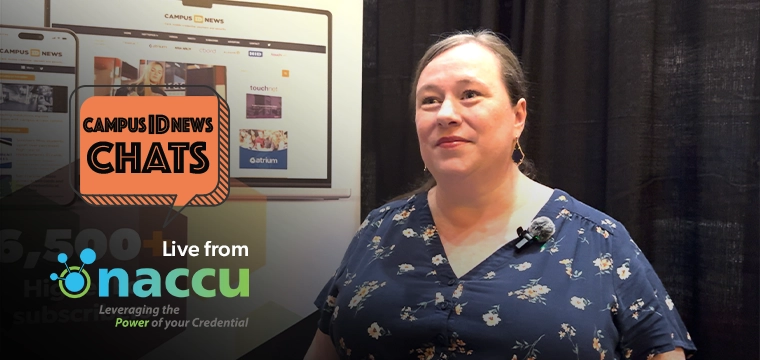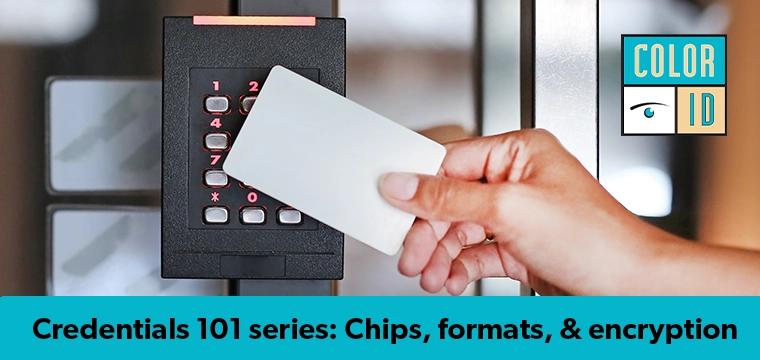The ins and outs of printer durability, and what to do when a printer breaks
A vital fixture in every university card office is the ID card printer. It’s a critical component to the equally critical service of card issuance.
The unfortunate reality, however, is that the card printer will never be impervious to the wear and tear that regular use can inflict. So what happens when a printer breaks, malfunctions or otherwise just wears out?
Joe Wright, director of engineering at ColorID, offers his insights on printer durability and what a campus card office should do when it comes time to repair a broken printer.
As Wright explains, the first consideration when it comes to durability is the printer brand. “While most of the manufacturers have gone from a metal to plastic build there are still printer models that are built better, stronger and smarter than others,” says Wright. “Determining your printer needs by price alone is not the best practice.”
Wright goes on to explain that it’s vital to know what you print, how much you print, your printing environment and in-house maintenance ability. “These are all important and will play a deciding role in which printer make and model with fit your needs,” he adds.
Understanding your printing needs and output is also important because it can help to eliminate certain printer models from contention. In eliminating certain printers, a campus can better ensure that its money is spent wisely.
“It is important to understand what your production levels are. If you only print a few cards then a non-professional/entry level printer will work fine,” explains Wright. “If you produce a high number of cards, however, it is best to purchase a professional series printer.”
For all a university can do to purchase wisely, sometimes printers simple malfunction or break. In these scenarios, proper support will be key.
“The first step when a printer stops working is to call a qualified technical support representative,” says Wright. “That technician may be able to help you through some adjustments or settings to get you back up and running. If not, they can help facilitate setting up a service RMA with the manufacturer or directly if they are an authorized repair center.”
Another important consideration, as previously noted, is the importance of understanding a campus card office’s in-house maintenance capability. A university’s ability or inability to service and repair a broken printer will likely determine whether depot or onsite services will be required.
As Wright explains, depot services require that the printer be sent in to a service center to be fixed. On-site services, meanwhile, would have a repair technician manually visit the printer’s location to attempt service in the field.
Another option that a campus can consider when trying to avoid the pitfalls of a broken printer is keeping a backup printer. As Wright explains, this can a viable option provided the university has considered three things: production volume, whether or not the university can afford to be without a printer, and budget.
“Many times we see situations where a printer cannot be fixed over the phone and needs to be serviced yet the location has to produce cards at that moment,” says Wright. “If your situation is flexible enough to where if your card issuance were down for a day or two and nothing would be affected, then going without a back-up or loaner printer could work out fine.”
On the other hand, Wright explains that there are scenarios where a production model requires the office to print all of the time, and being without a printer is not an option. For these environments, if your main printer goes down then a back up would necessary, he says.
Let’s face it; printers are expensive. So too are the parts that make them operate. But are there any parts that, if broken, make it cheaper to scrap the entire printer and buy a new unit?
[two_third]
According to Wright, a printer’s main board is typically the most expensive item that could break. But in terms of the decision to repair or replace, Wright says that the labor cost to repair will be key.
“Depending on the make and model it may physically take hours to complete one repair,” says Wright. “This cost along with the printer age and overall condition may be the deciding factor, it just might be best to invest in a new printer and receive the new warranty that goes along with it.”
One possible solution to this conundrum, as Wright explains, could be modularity.
“Modularity allows the portion of the printer with the issue to be serviced while the rest of the printer can still be used,” explains Wright. “Understand that even with a modular style printer you use each piece of that in daily production, but as an example, if your lamination unit goes down you could in theory remove the lamination unit, send it off to be repaired but still use the printer, encoder and flipper unit.”
As Wright sees it, the transition to a modular approach came about to be more flexible for the end users. “Don’t need dual sided printing now? Just add the dual-sided module when you are ready, no need to purchase an entirely new printer,” he explains.
[/two_third] [one_third_last]
When it comes to service and repair options, a university can go one of three possible routes:
[/one_third_last]
It’s vital that a university card office be aware of its operation’s needs, its in-house repair capabilities and the potential expense that could come from life without a printer. The unfortunate reality is that regardless of the strategy employed, a card printer will more than likely require maintenance or repair at some point in its lifecycle – and for a service as important as card issuance, it’s worth it to be prepared for the worst.




